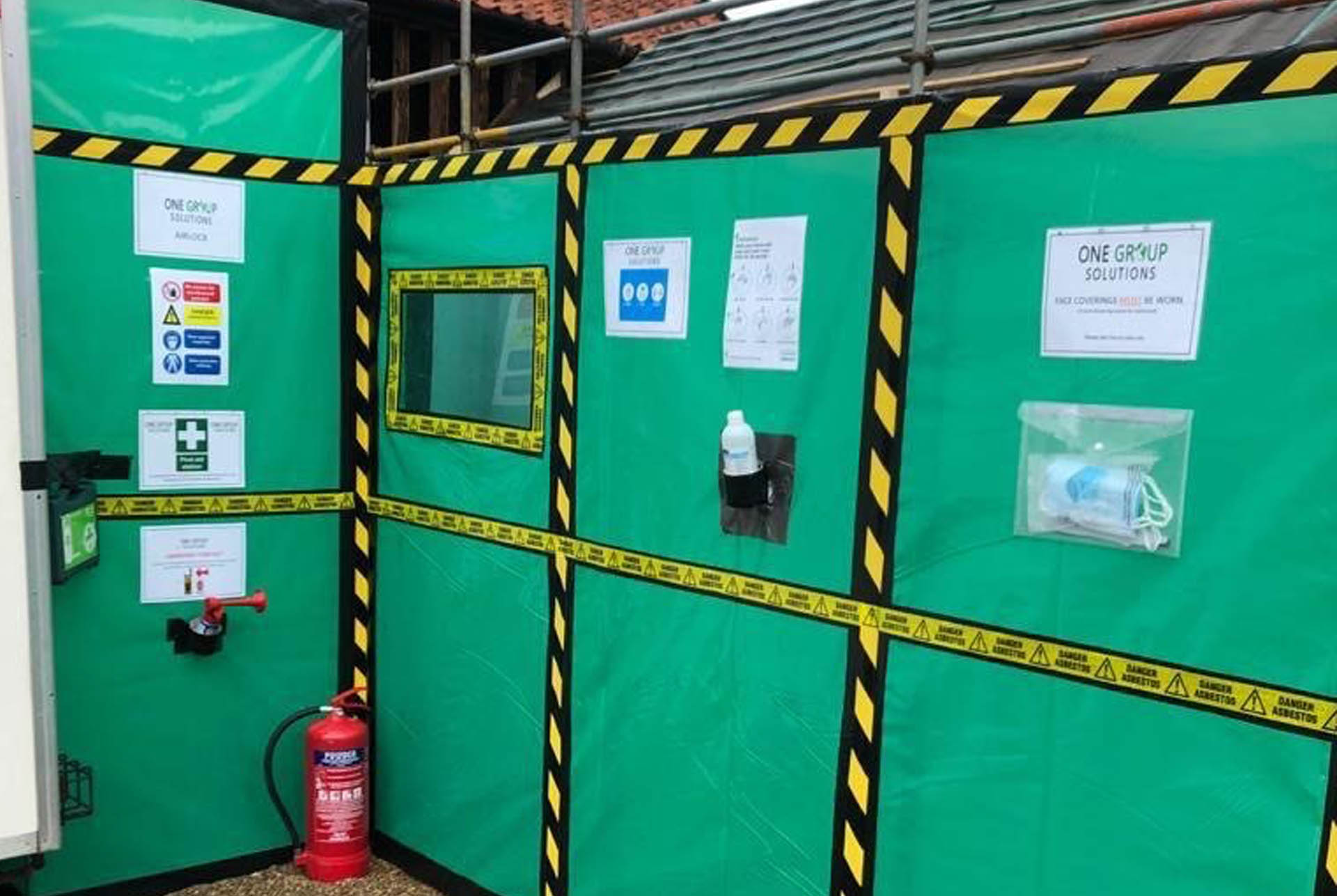
In UK construction, three main types of asbestos were commonly used before a complete ban on asbestos in 1999:
Control of Asbestos Regulation 5 supplements Regulation 4 where the duty to manage does not apply. In such circumstances, it imposes a duty on the employer to identify the presence of asbestos and put controls in place before starting work.
Regardless of whether an asbestos register is present, or the building is residential (and therefore outside the scope of the duty to manage), there is a clear duty to identify where asbestos is present before any building work is carried out, including refurbishment, maintenance, demolition, repairs, installation work or any other work that may disturb the fabric of the building. This may simply involve a review of the AMP. If this is not comprehensive enough to cover the planned works, additional investigation will be required.
Anyone carrying out any type of building work, whatever its size and nature, has a legal duty to take measures to identify whether asbestos is present in the work area. In practical terms this usually means carrying out an intrusive survey of the work area, or at the very least undertaking laboratory analysis of building material samples suspected of containing asbestos.
Regulation 5 also obliges the contractor to investigate further if there is any doubt about the information the client has supplied to them, or if no information is supplied. In most cases, a refurbishment and demolition survey will be required in order to comply with Regulation 5, even if a management survey has been carried out and an asbestos register exists. RICS members who have been instructed by clients to oversee refurbishment, demolition and work that involves dismantling the building fabric may be revealing areas that are not listed on the asbestos register. In these instances, a refurbishment and demolition survey should be commissioned to inspect inside the building fabric. Because this survey needs to reflect the intended building work, the asbestos survey company should be given as much information about the planned work as possible. When the survey is carried out, the asbestos surveyor will only look at those areas affected by the planned work, and will not unnecessarily disturb or access areas that are out of scope. Doing this is more likely to produce a value for money quotation as the asbestos surveyor will not be allowing for unforeseen eventualities.